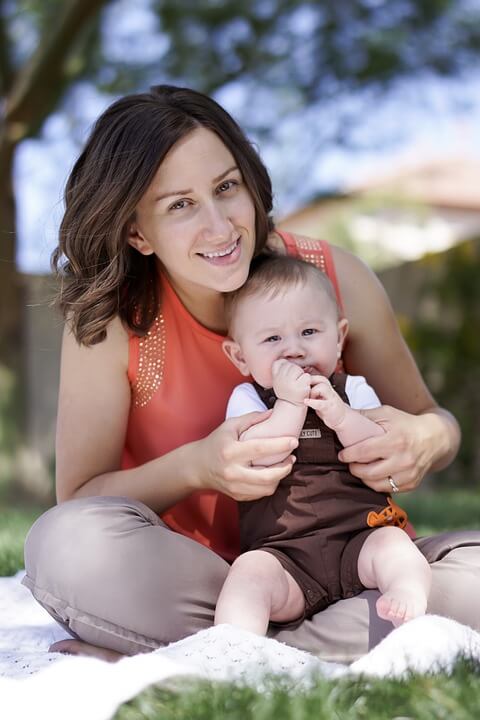 Teething can be a tricky time for you and your child, but knowing what to expect will help make this time easier for everyone. Here is the average timeline for teething during the first few years of your child’s life.
Teething can be a tricky time for you and your child, but knowing what to expect will help make this time easier for everyone. Here is the average timeline for teething during the first few years of your child’s life.
4 to 7 Months
Not every baby gets their teeth by the end of 7 months, but you will normally at least notice some symptoms before then. A baby’s gums might look red and swollen, and the infant may be a little fussier than normal. The two lower teeth are normally the first to show up.
8 to 12 Months
During this time period, the bottom teeth erupt fully, and you will notice that your baby’s two top teeth are also starting to peek through.
9 to 16 Months
The lateral incisors on either side of the two front teeth will pop up next. The top ones normally come in first, but some children have their bottom ones show up first.
13 to 19 Months
Around the time of your child’s first birthday, you may notice their molars appearing. They will normally have a gap between the middle four teeth and these molars.
16 to 23 Months
The sharp pointy canines will finally start to come in between the incisors and the molars.
23 to 33 Months
During this time, the final sets of molars should begin to show up. Once your child has 20 teeth, their full set of primary teeth is complete.
How to Manage Teething Pain
Each new tooth is typically accompanied by another round of crankiness, fussiness, and insomnia. Just gently rubbing your baby’s gums with a clean finger or cloth can be enough to ease some of the pain. Something cold like a chilled teething ring, carrot stick, or spoon can also help reduce pain. If fussing continues, talk to a doctor about using a child-safe painkiller to help with discomfort.
Every child is different, so do not stress if you notice your child is not following the typical schedule. If you are concerned about your child’s teething, take the time to ask their pediatrician for advice.
Do you have more questions about your child’s health? Talk to staff at WFMC Health or become a new patient today!